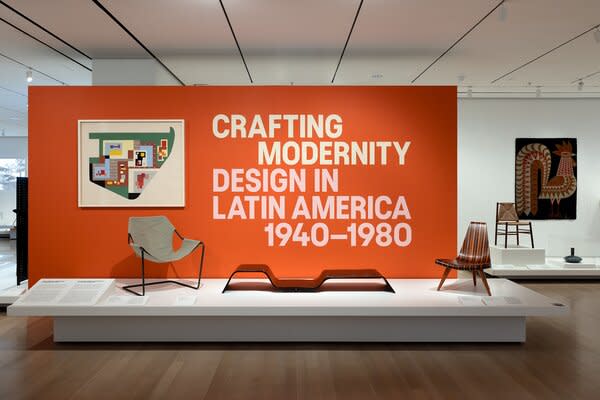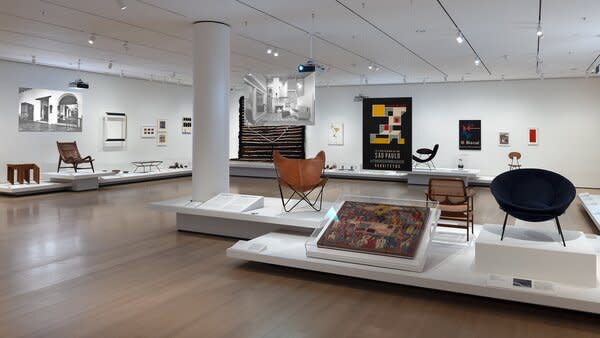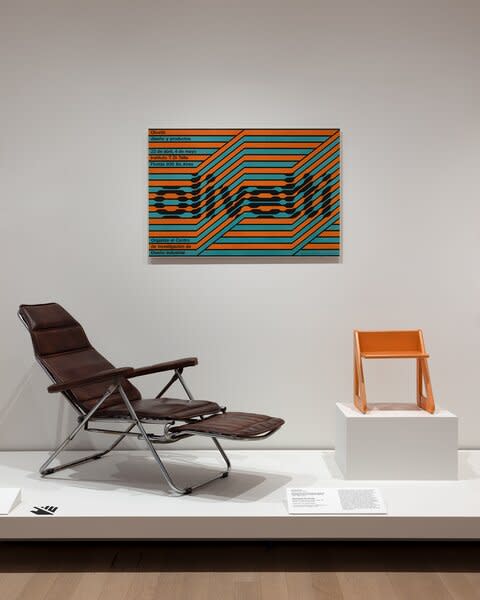In Latin America, Modernism Began at Home
"Crafting Modernity" at New York’s Museum of Modern Art positions midcentury houses as sites of experimentation and transformation.

Latin America is known for iconic midcentury architecture, from Luis Barragán’s Mexico City houses to Lina Bo Bardi’s glass-walled Casa de Vidro in São Paulo. It was part of a wave of modern design that swept over several countries beginning in the 1940s. But in those places, modernism was more than a style—it was a vital expression of progress and national identity at a time of rapid growth and social change. And its primary laboratory, the site of its most audacious experiments, was the home.
At the Museum of Modern Art, "Crafting Modernity: Design in Latin America, 1940–1980" explores the modernism that emerged in six key countries—Argentina, Brazil, Chile, Colombia, Mexico, and Venezuela—during those heady midcentury decades. Open through September 22, the exhibition presents some 110 works ranging from furniture, photography, and graphic design to glass, ceramics, textiles, and industrial products. Broadly organized around three topics—the home as an incubator for modernism, the emergence of design as a professional field, and the give-and-take between craft and industry—the exhibition looks at modern design as a distinctively Latin American phenomenon.
In each of the show’s six countries, says exhibition curator Ana Elena Mallet, designers were experimenting under challenging, often contradictory circumstances—"trying to be international but also trying to create a local identity," she says. "Trying to be modern but also trying to keep tradition, to be industrial but also keeping the craft." In much of the region, economic growth brought a creative synthesis in the arts. Design, says Mallet, "was in a dialogue with art and architecture."
See the full story on Dwell.com: In Latin America, Modernism Began at Home
Related stories:




